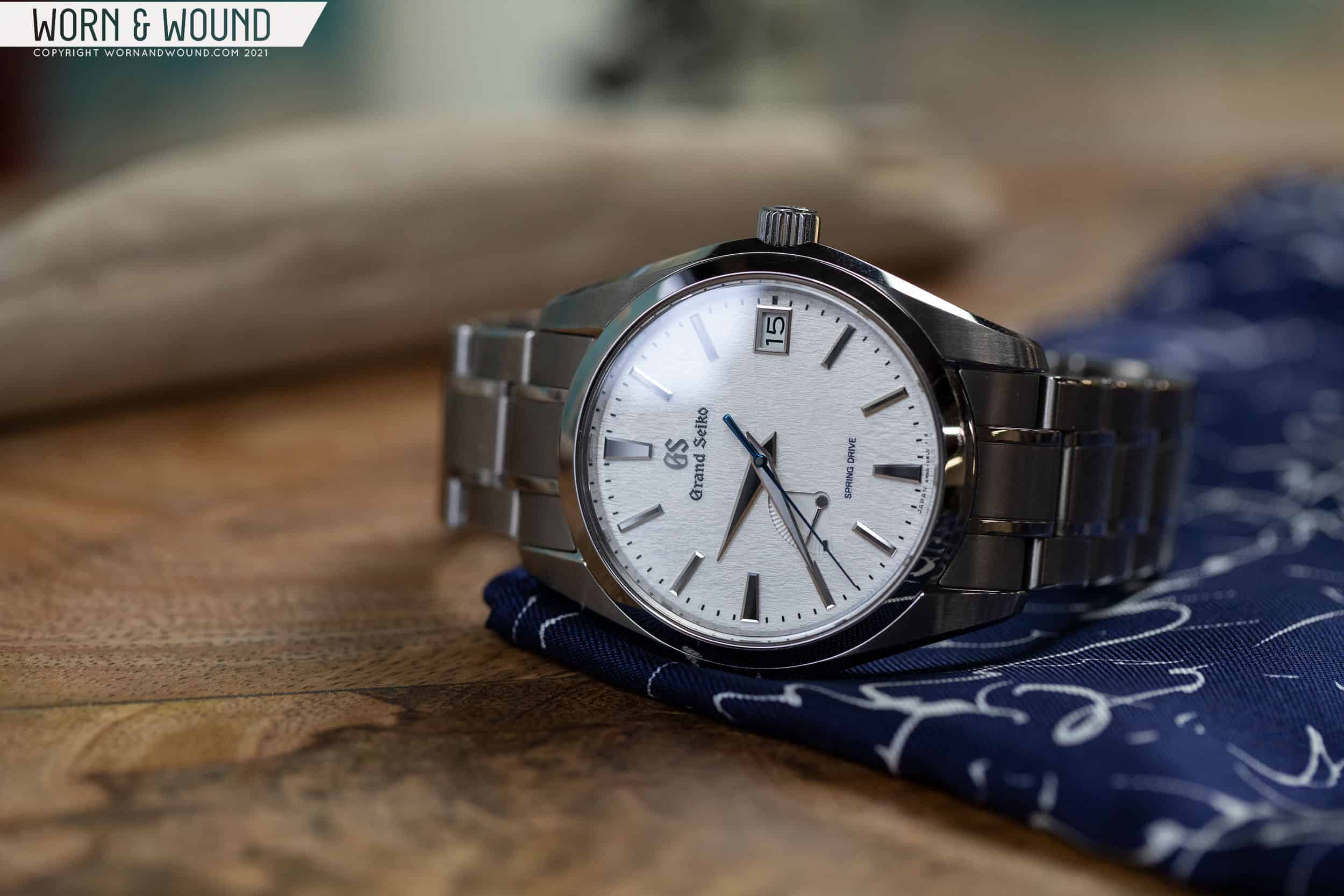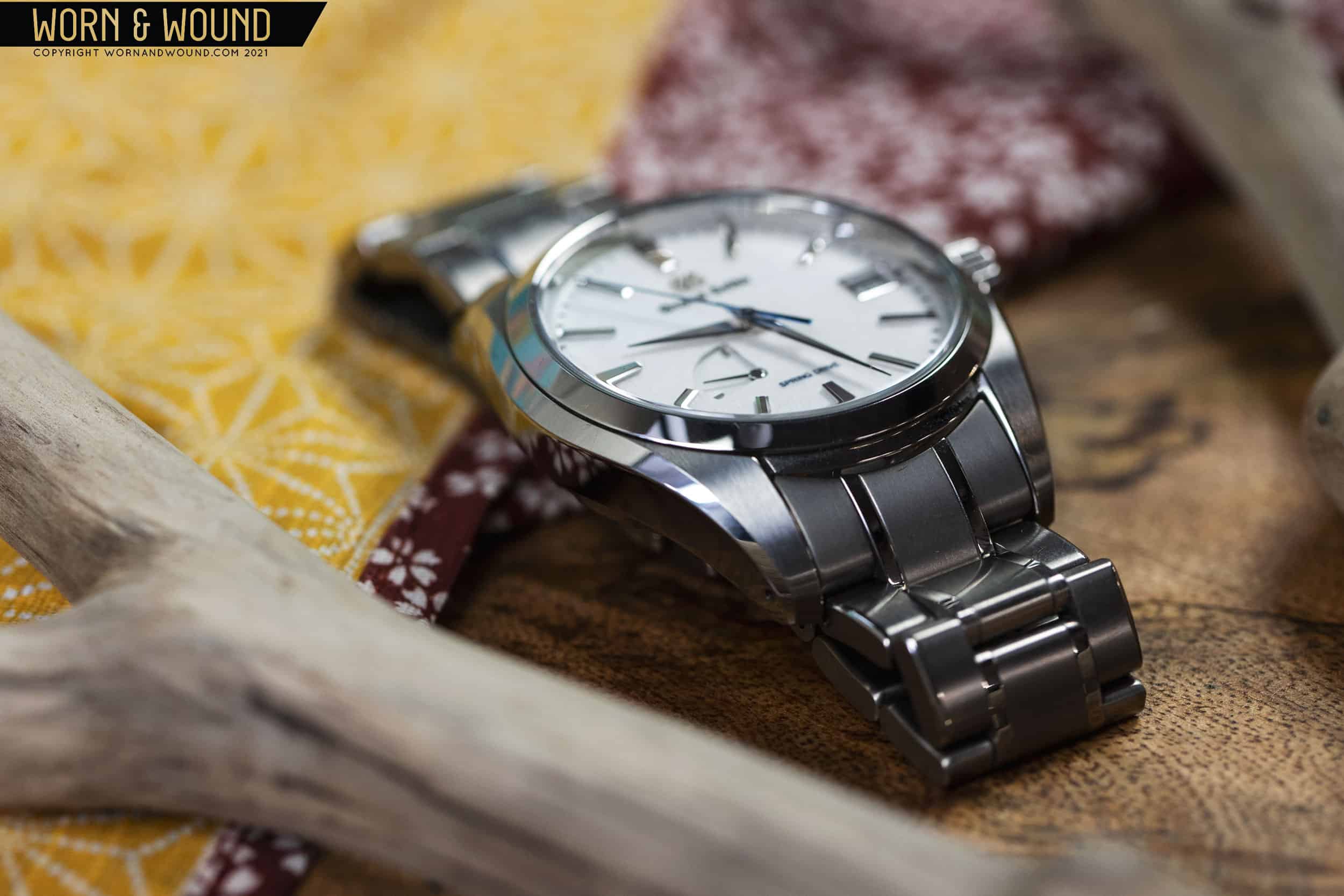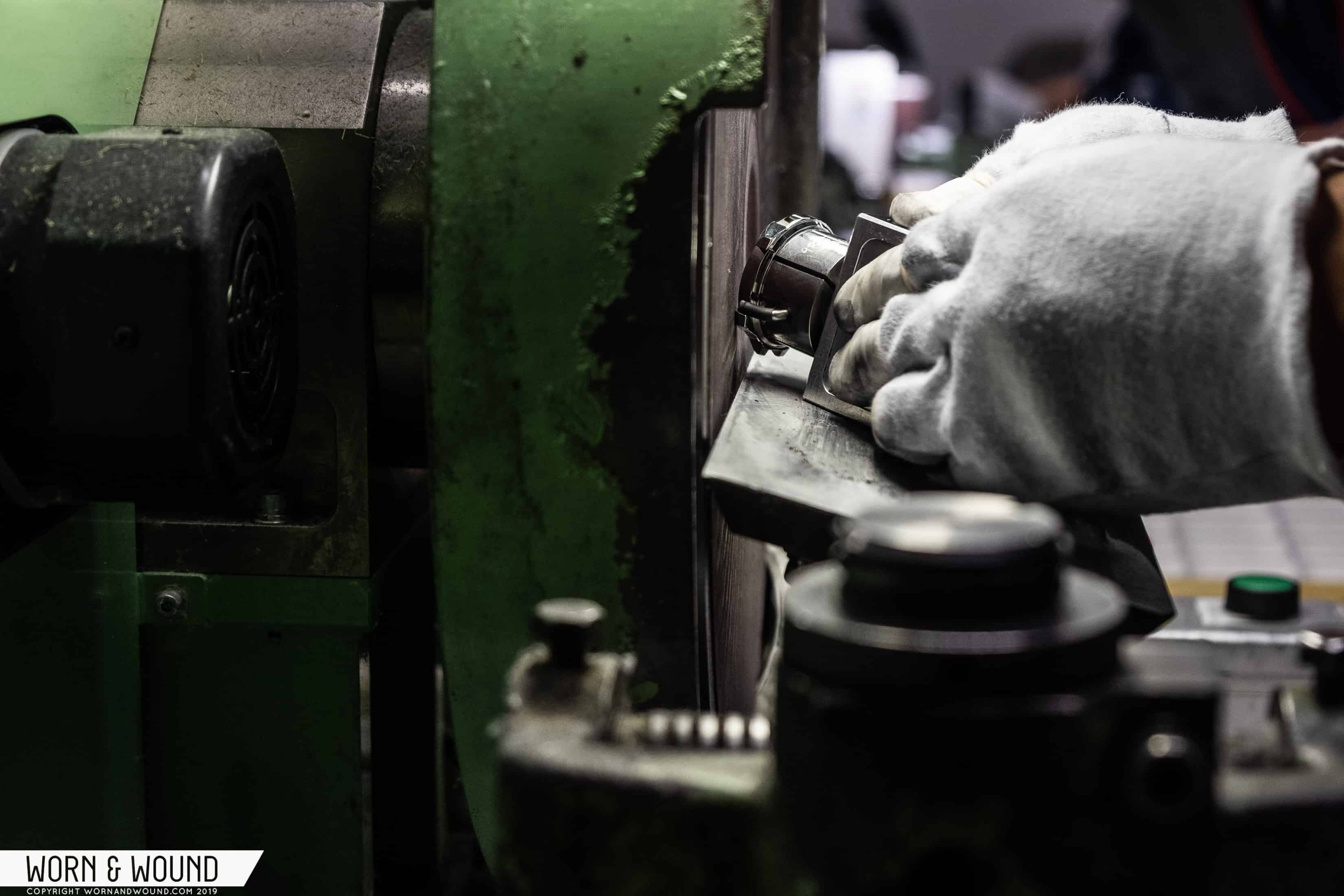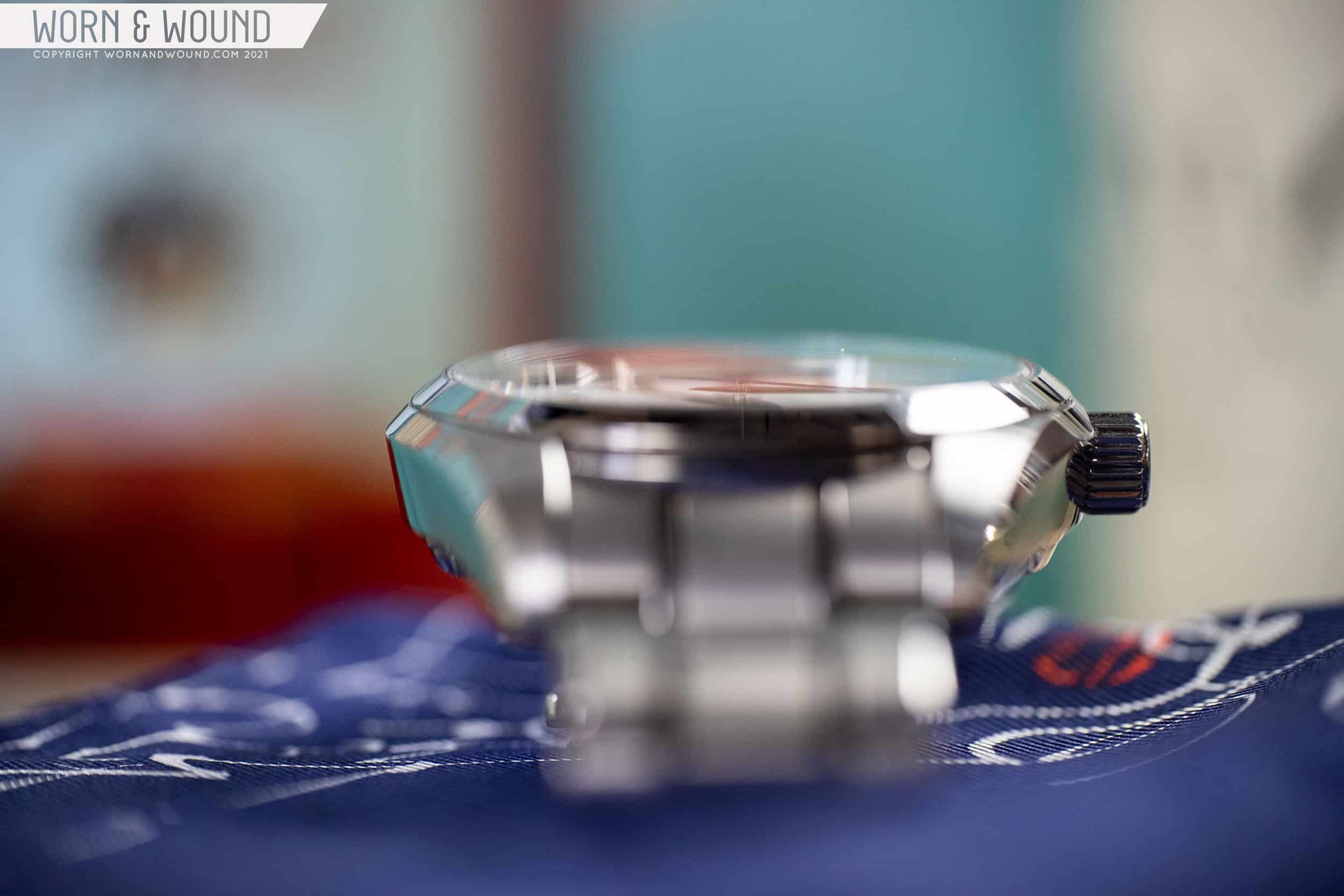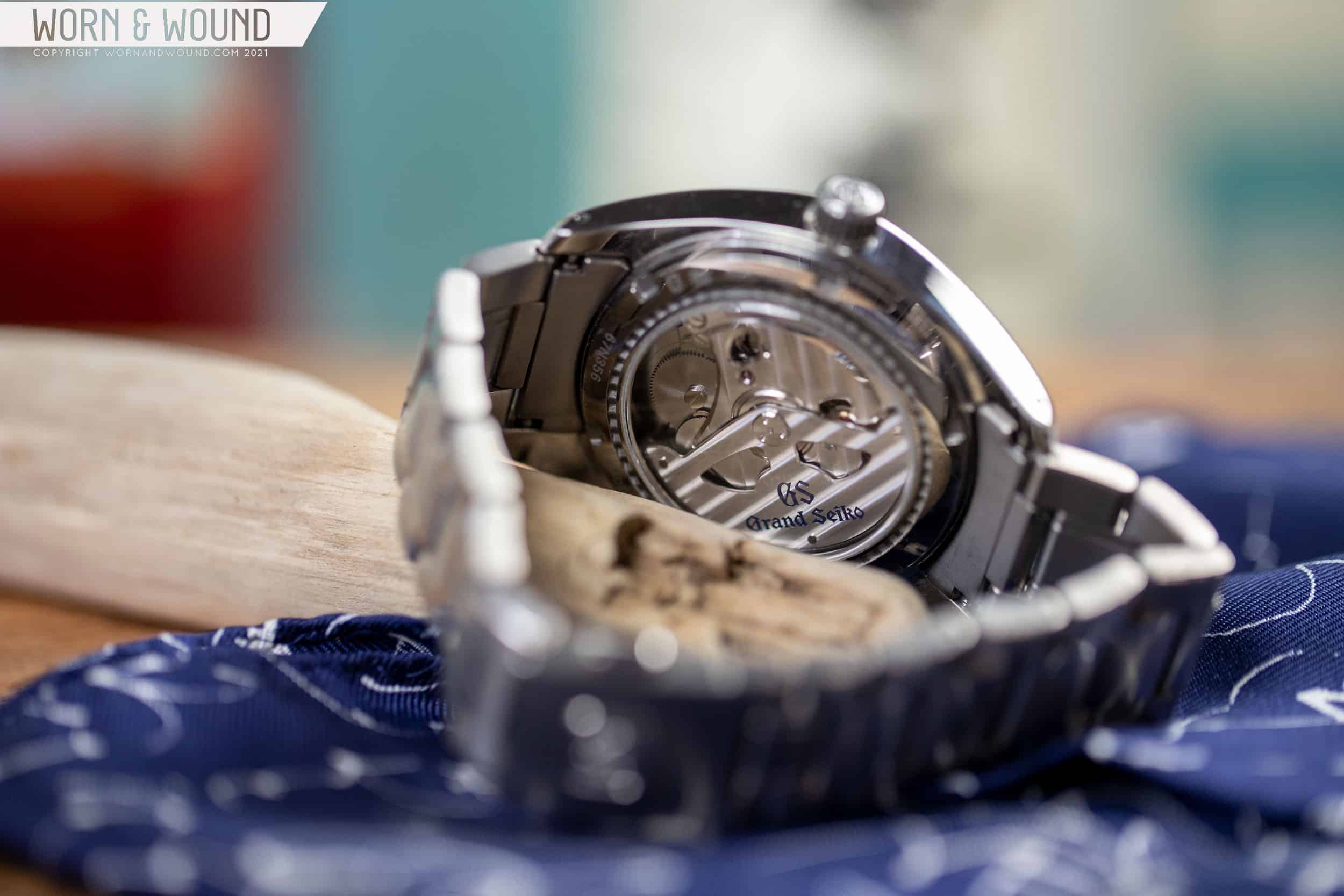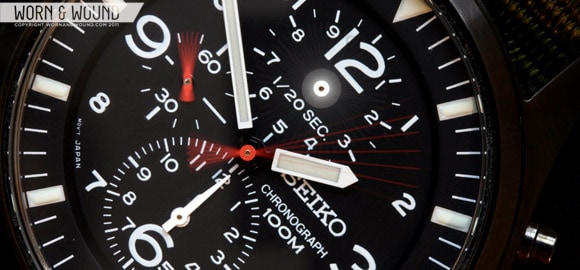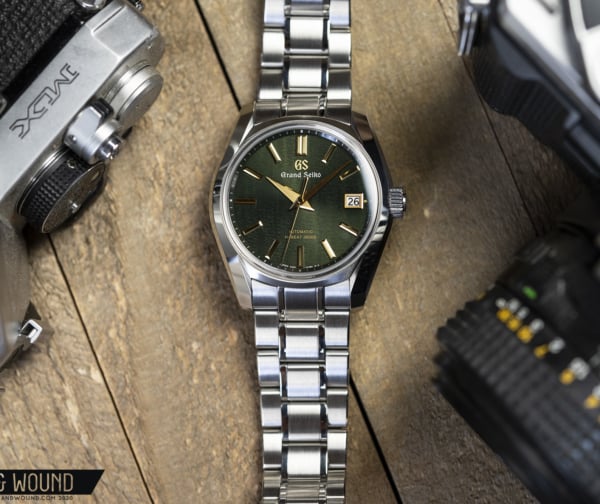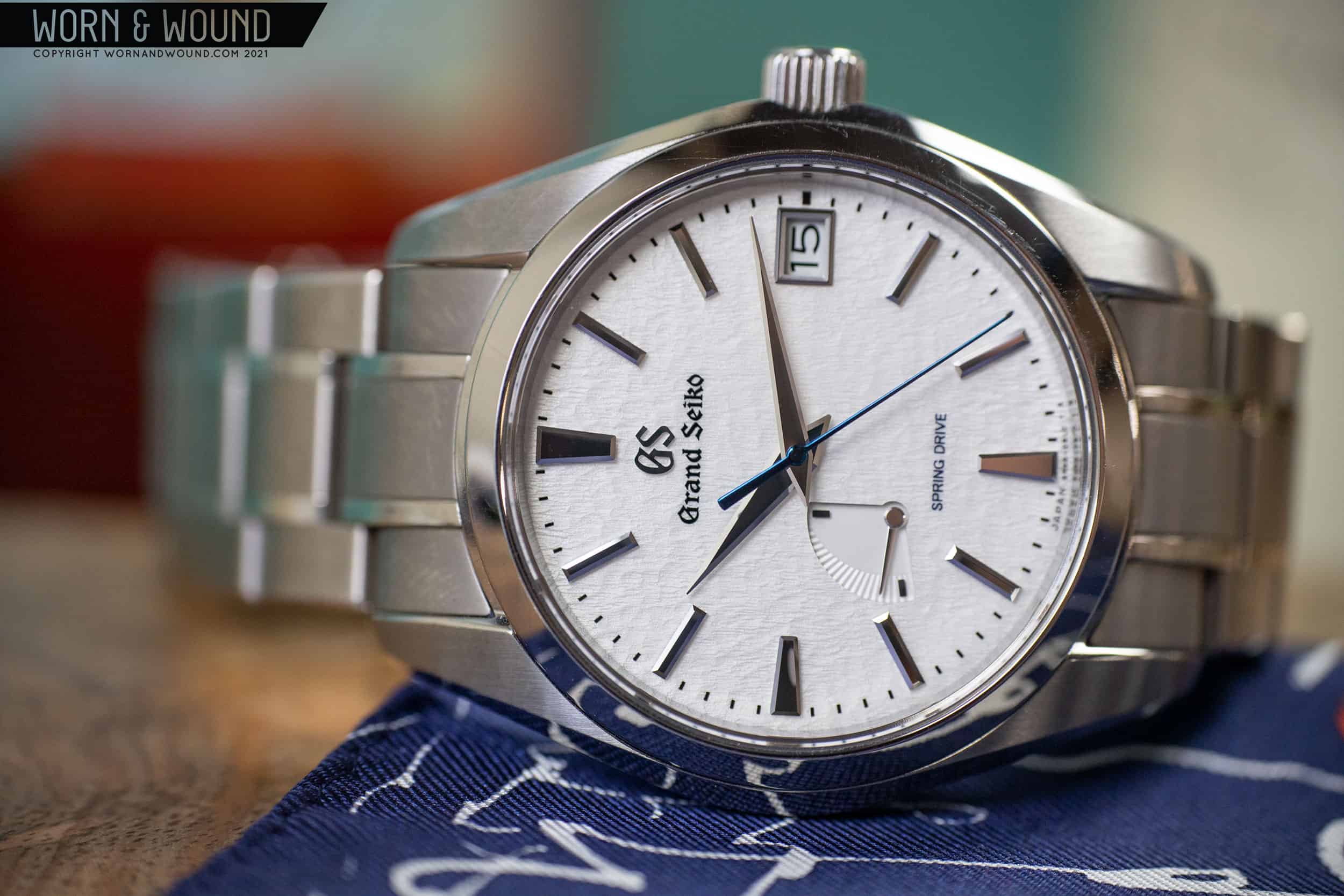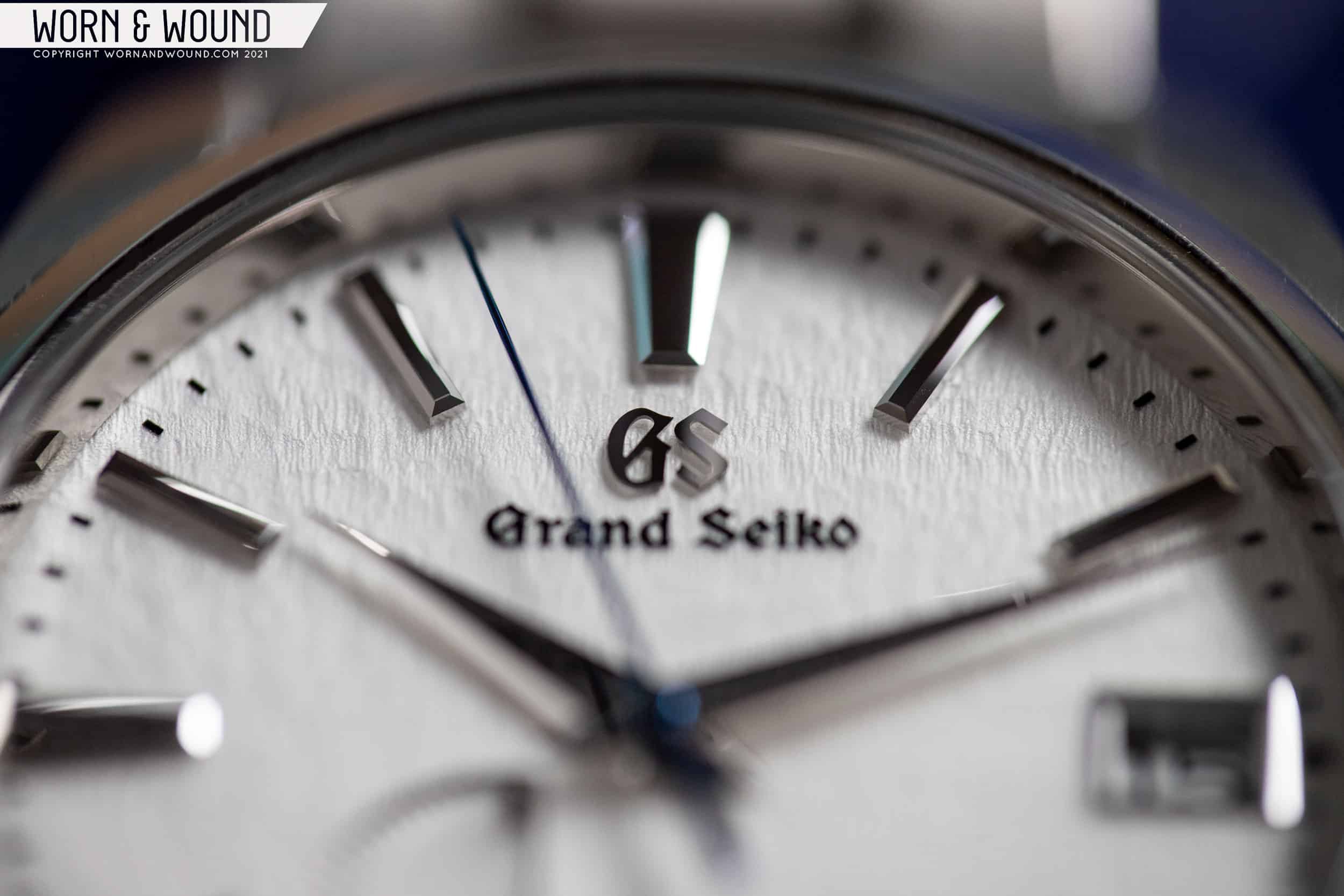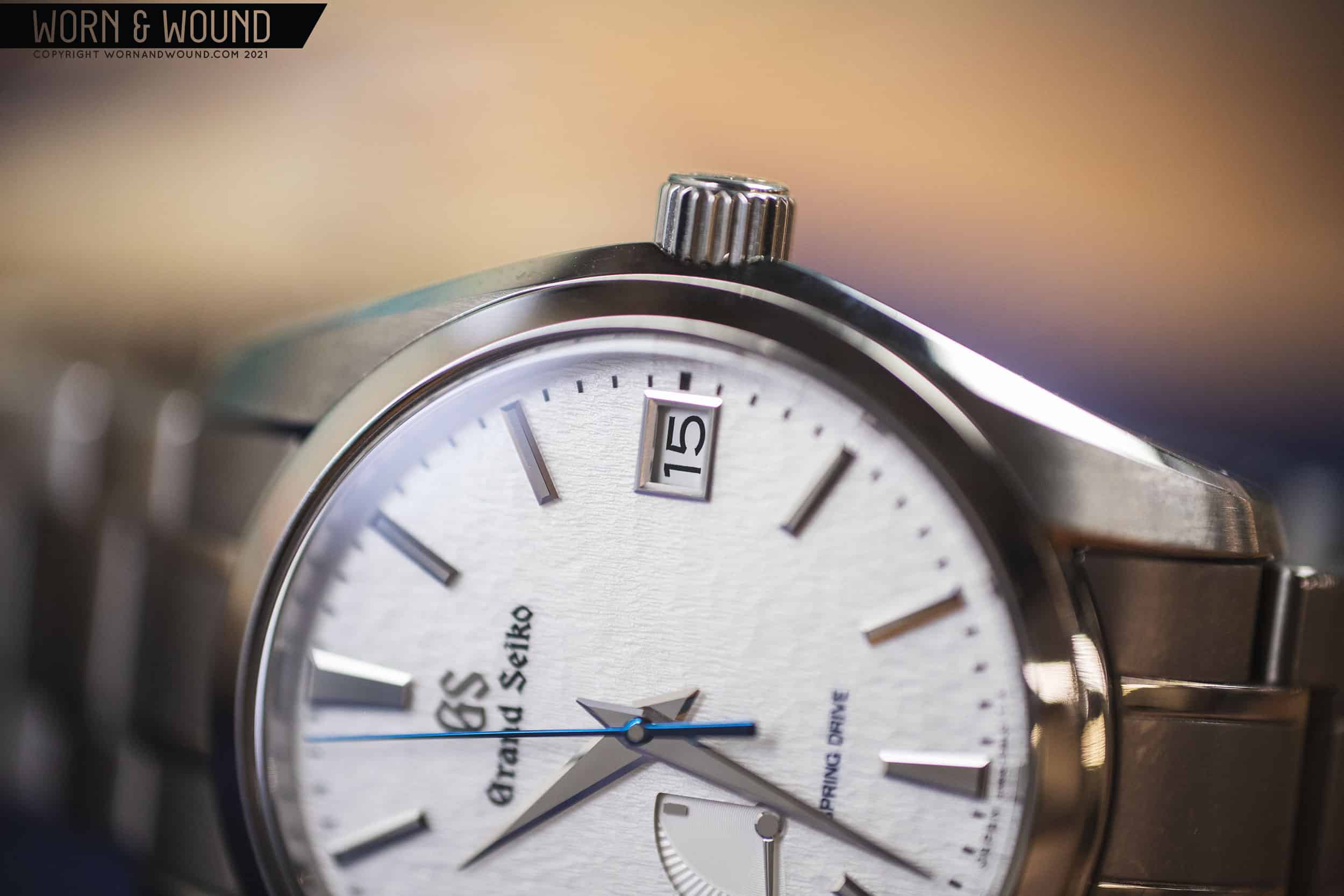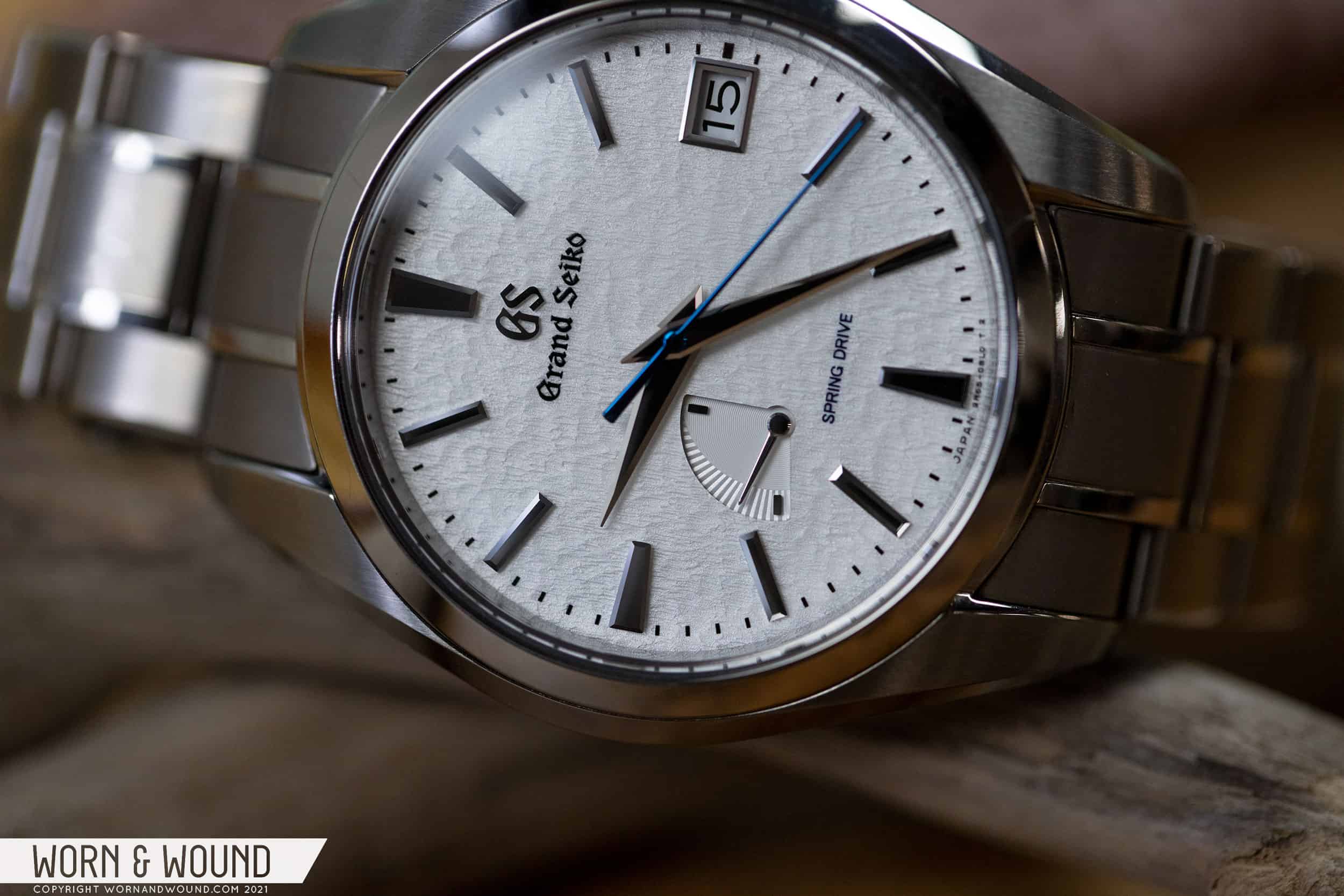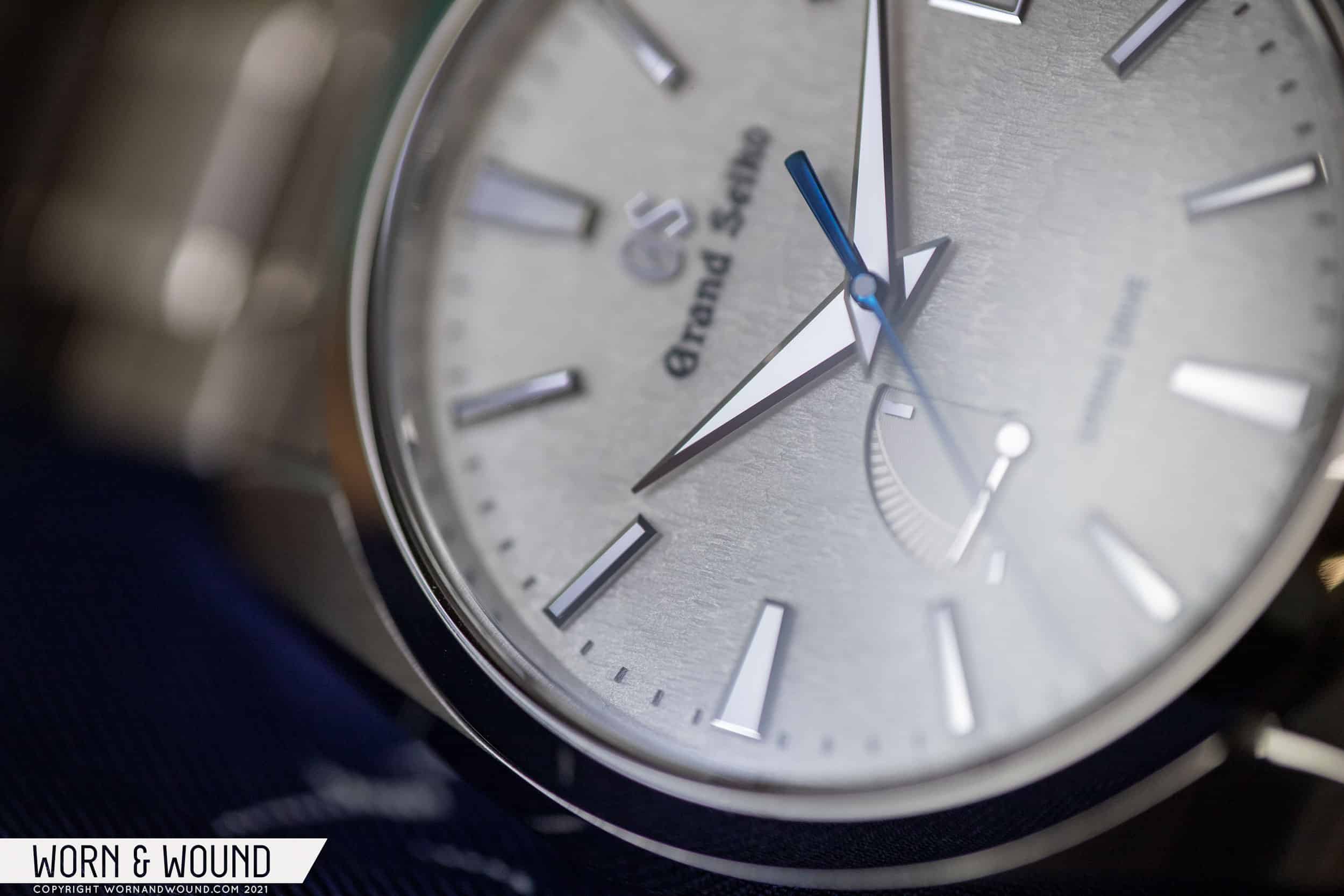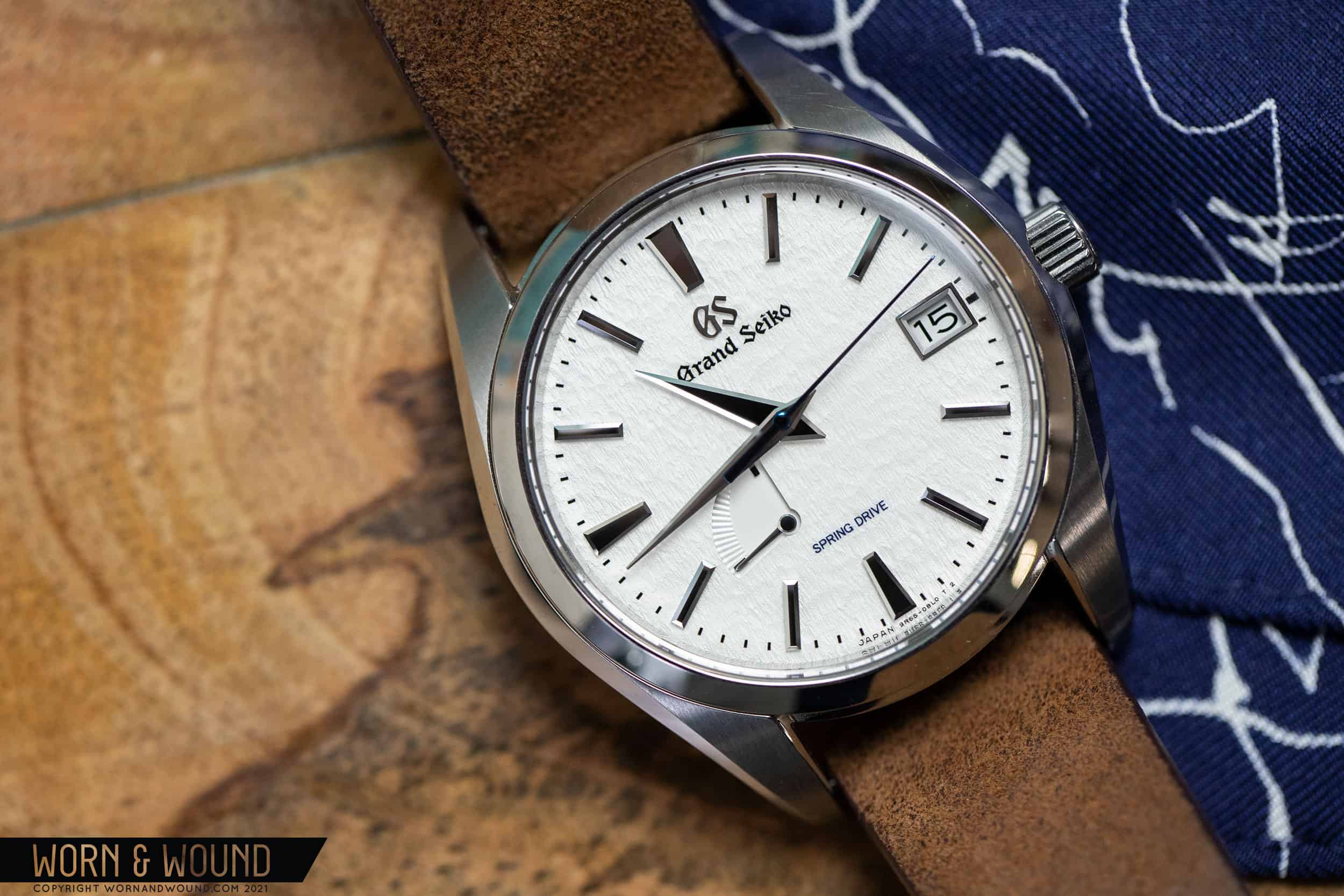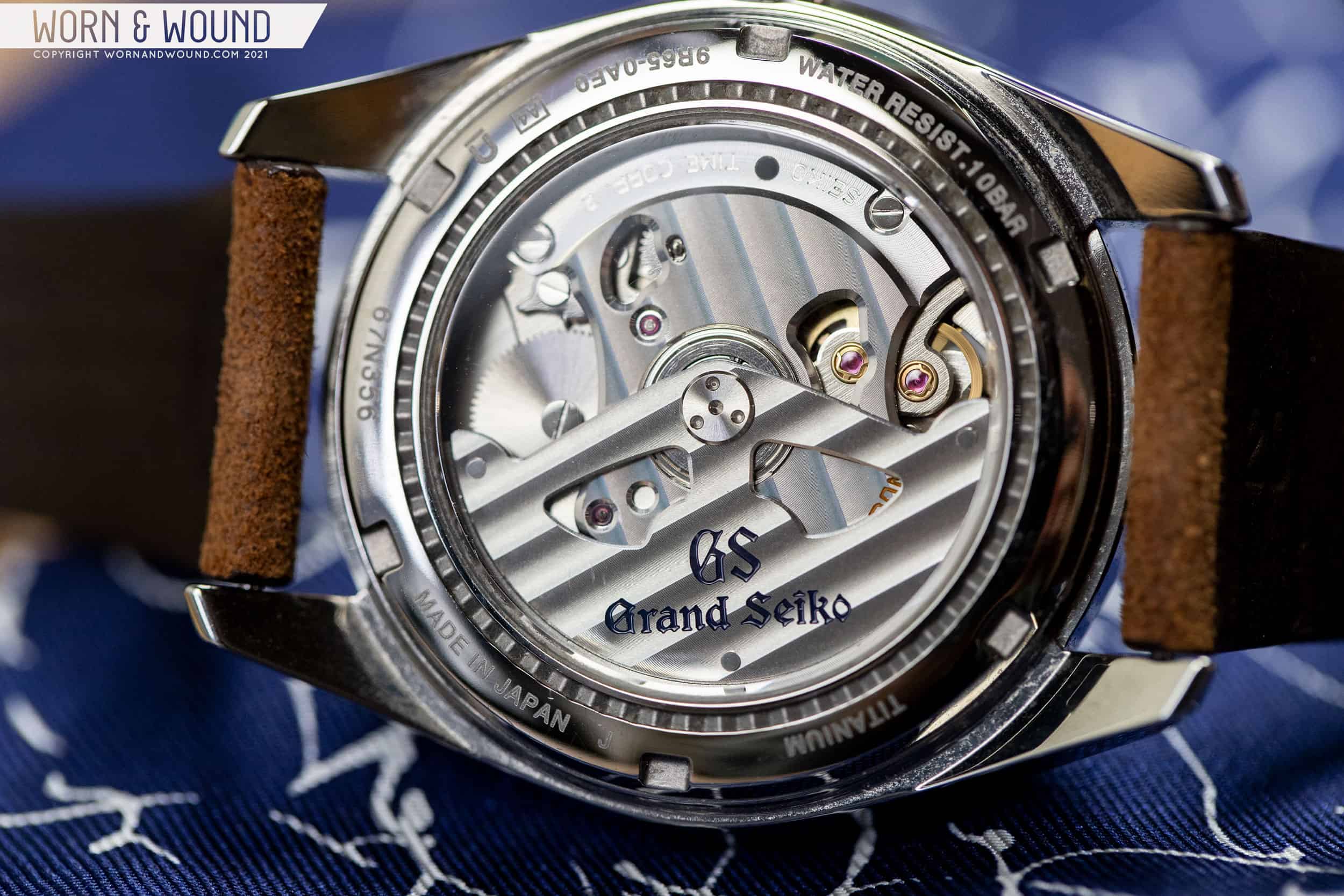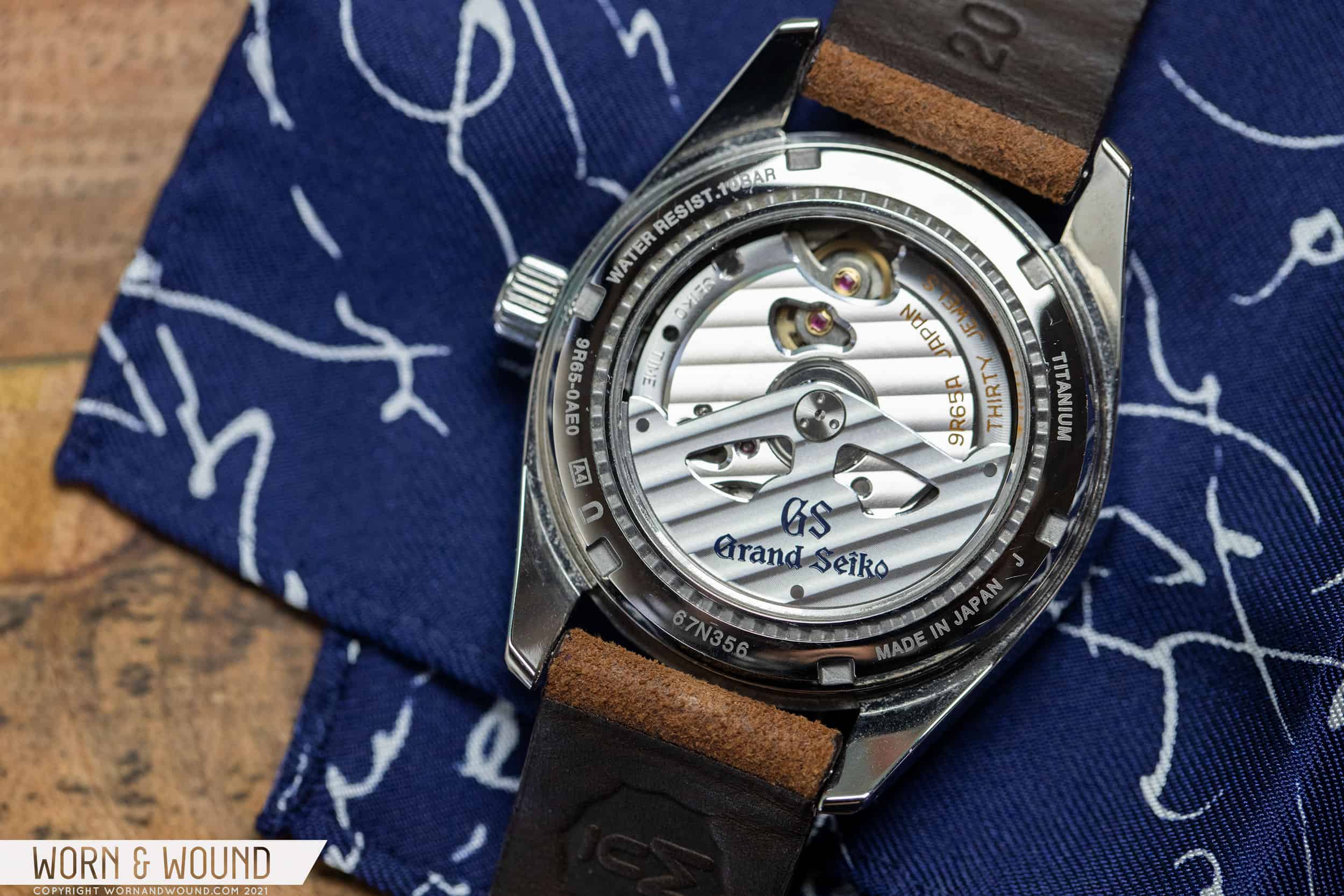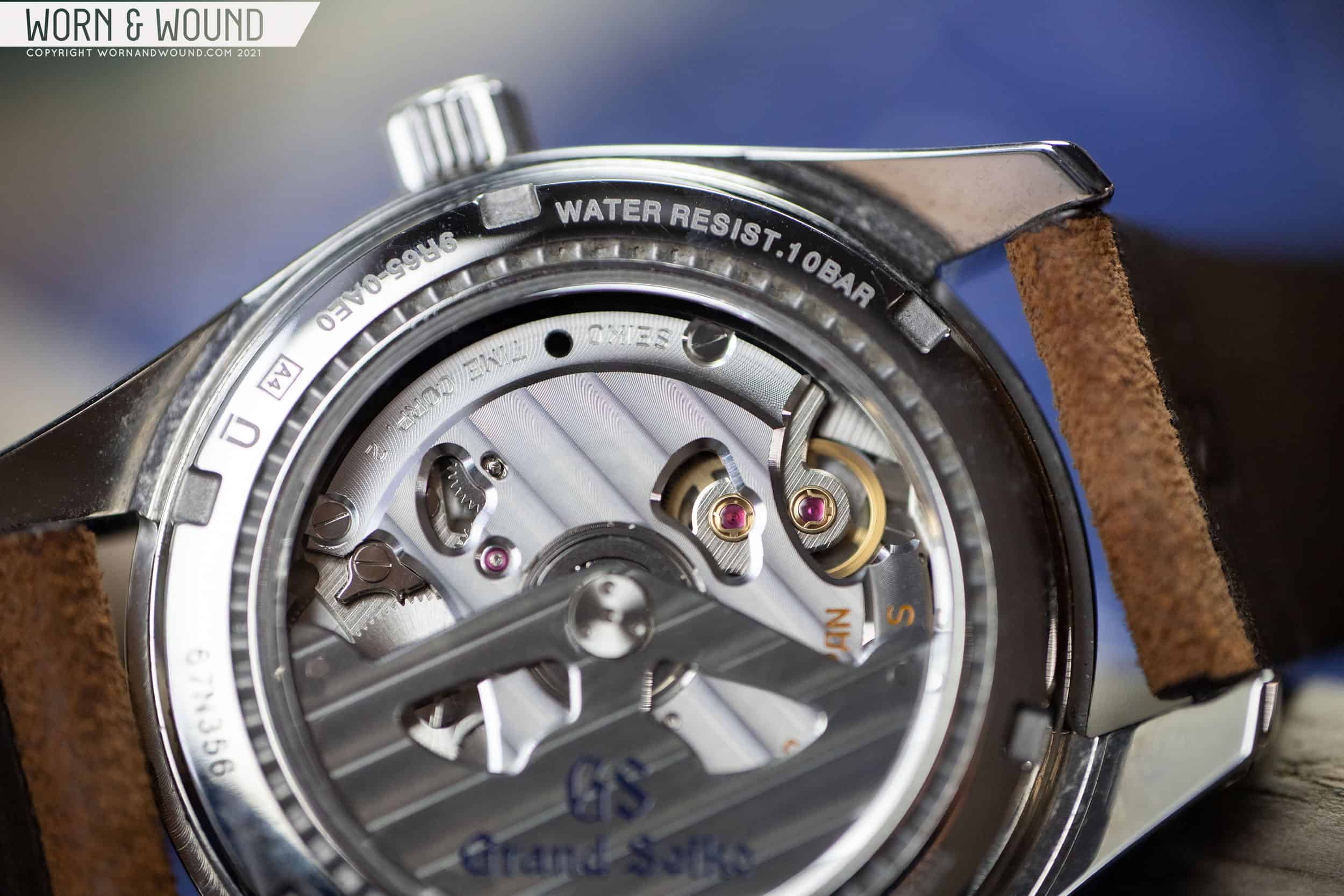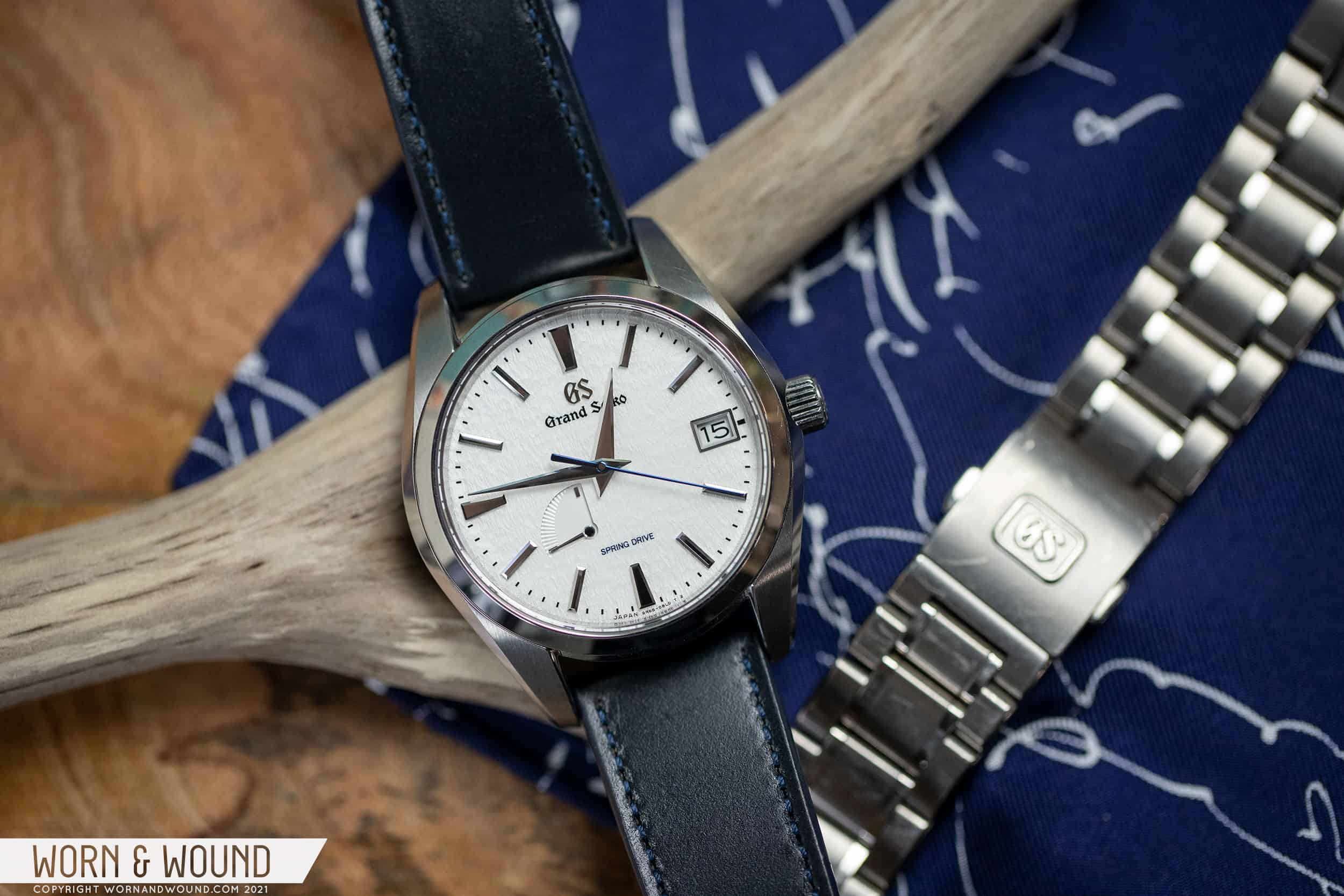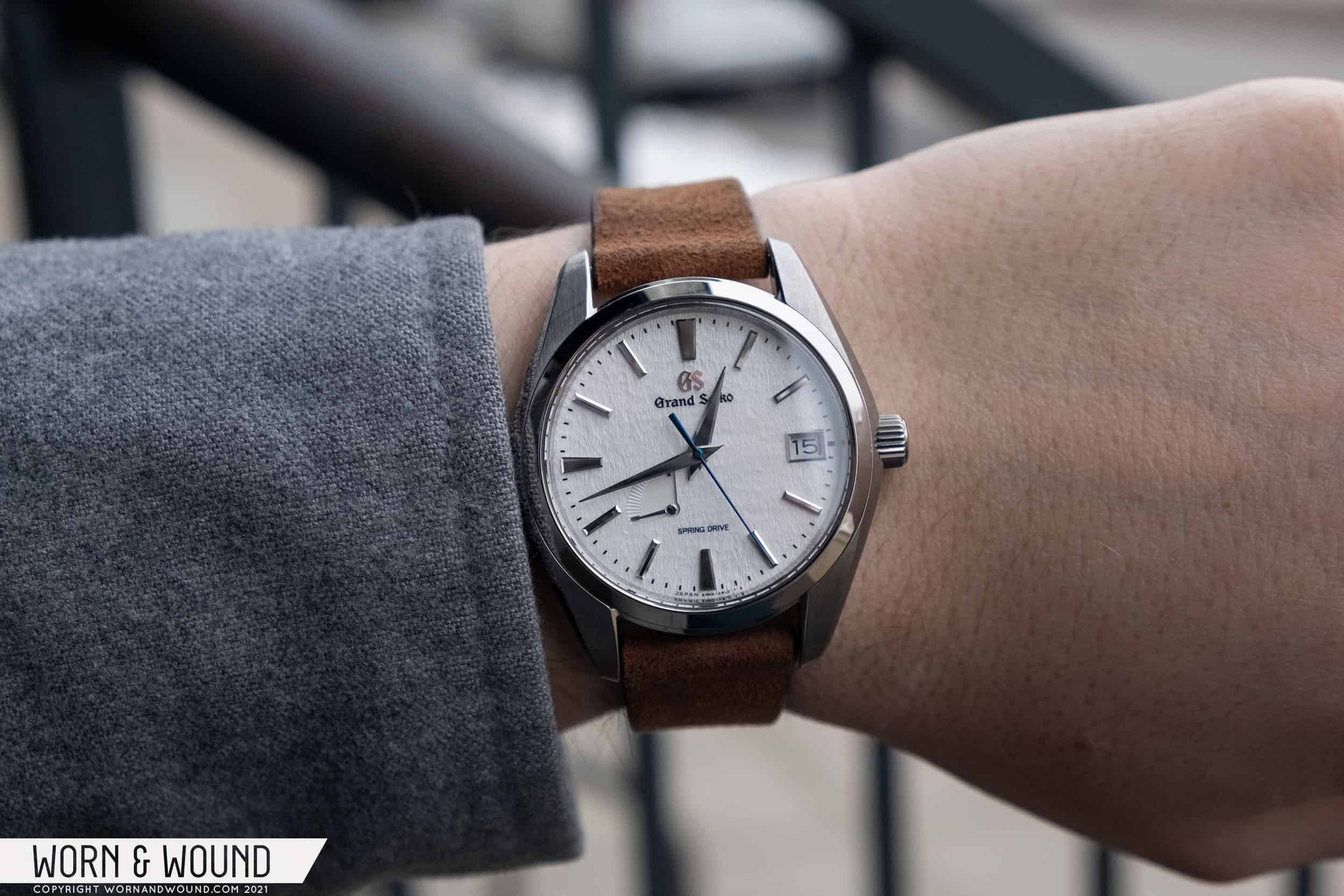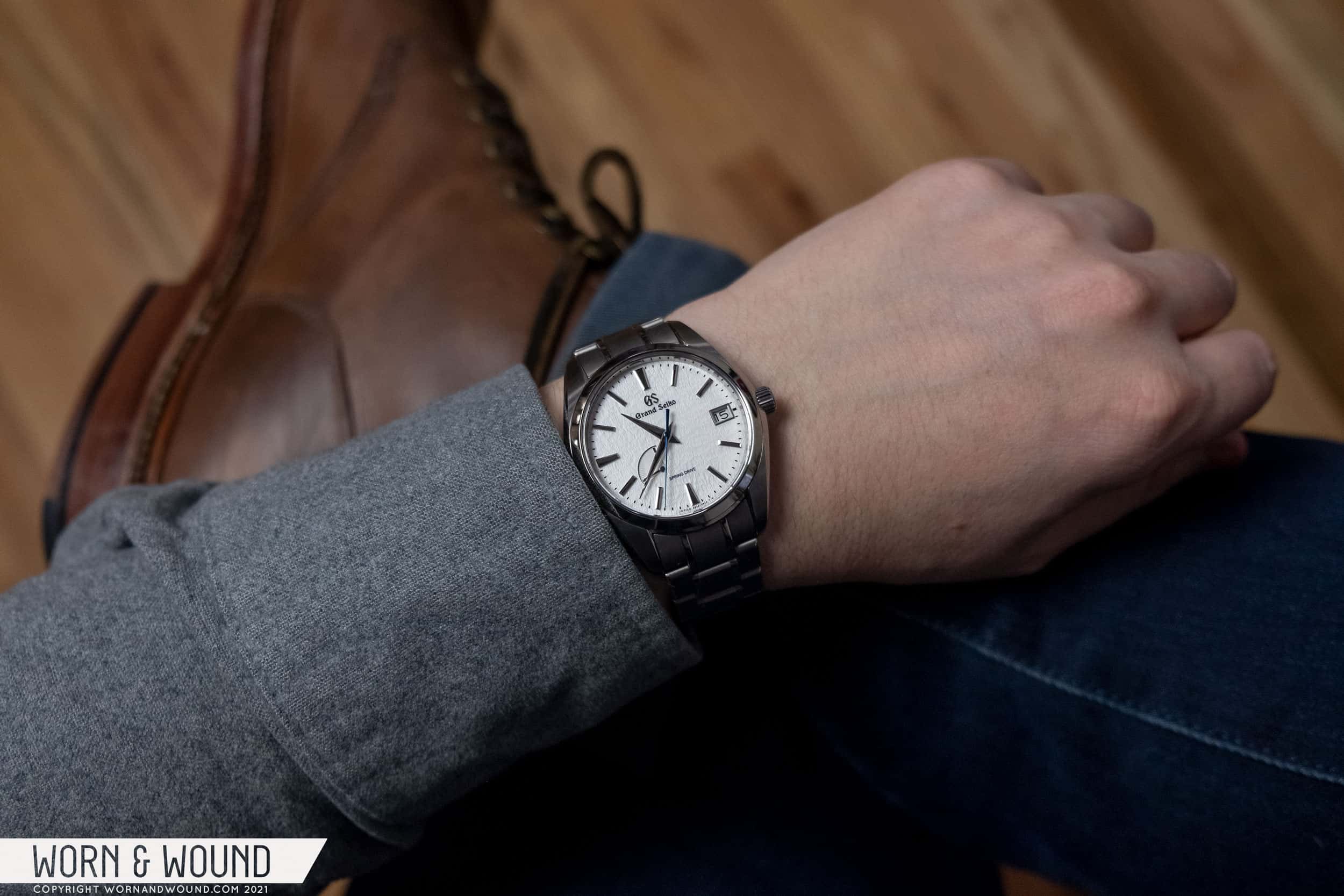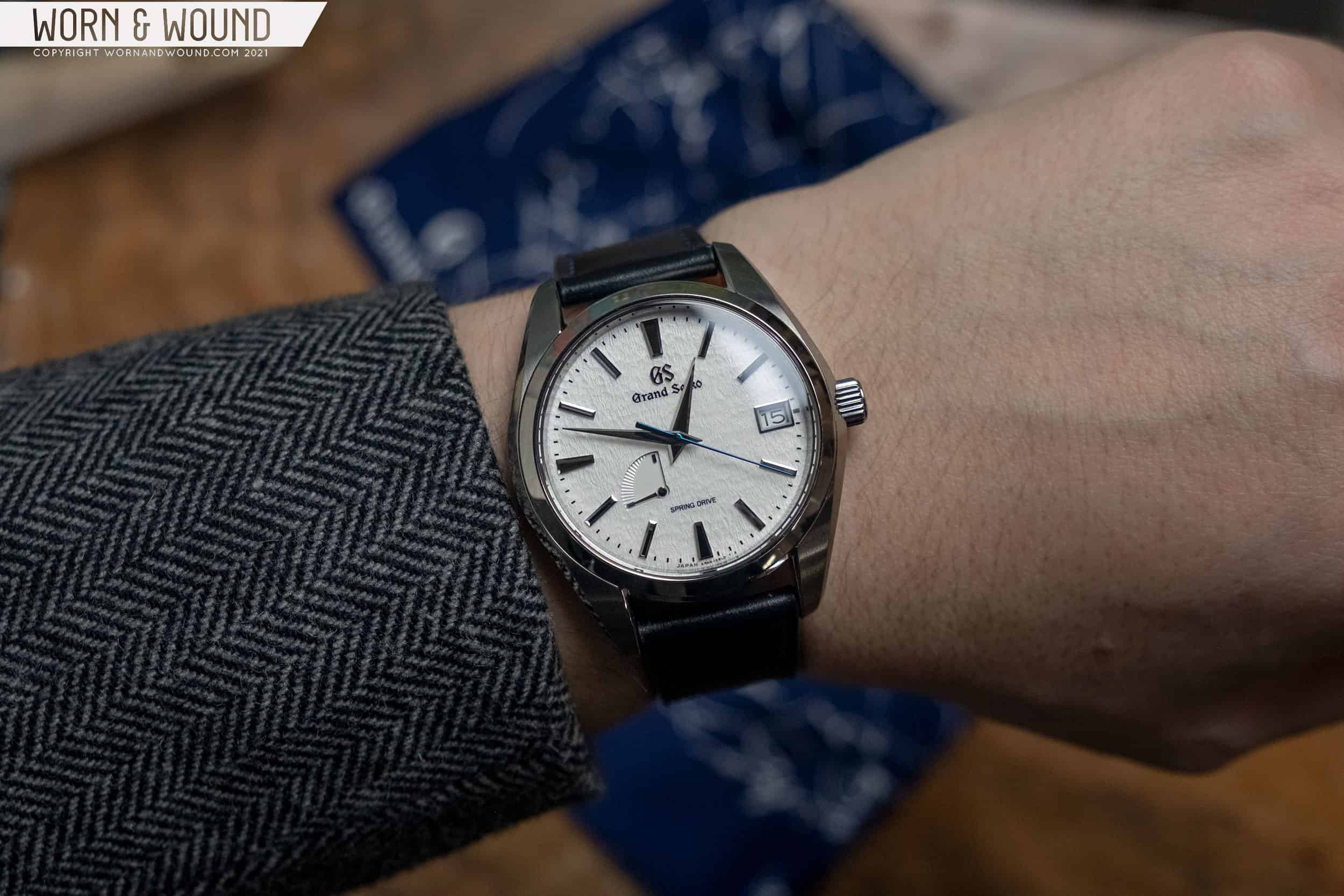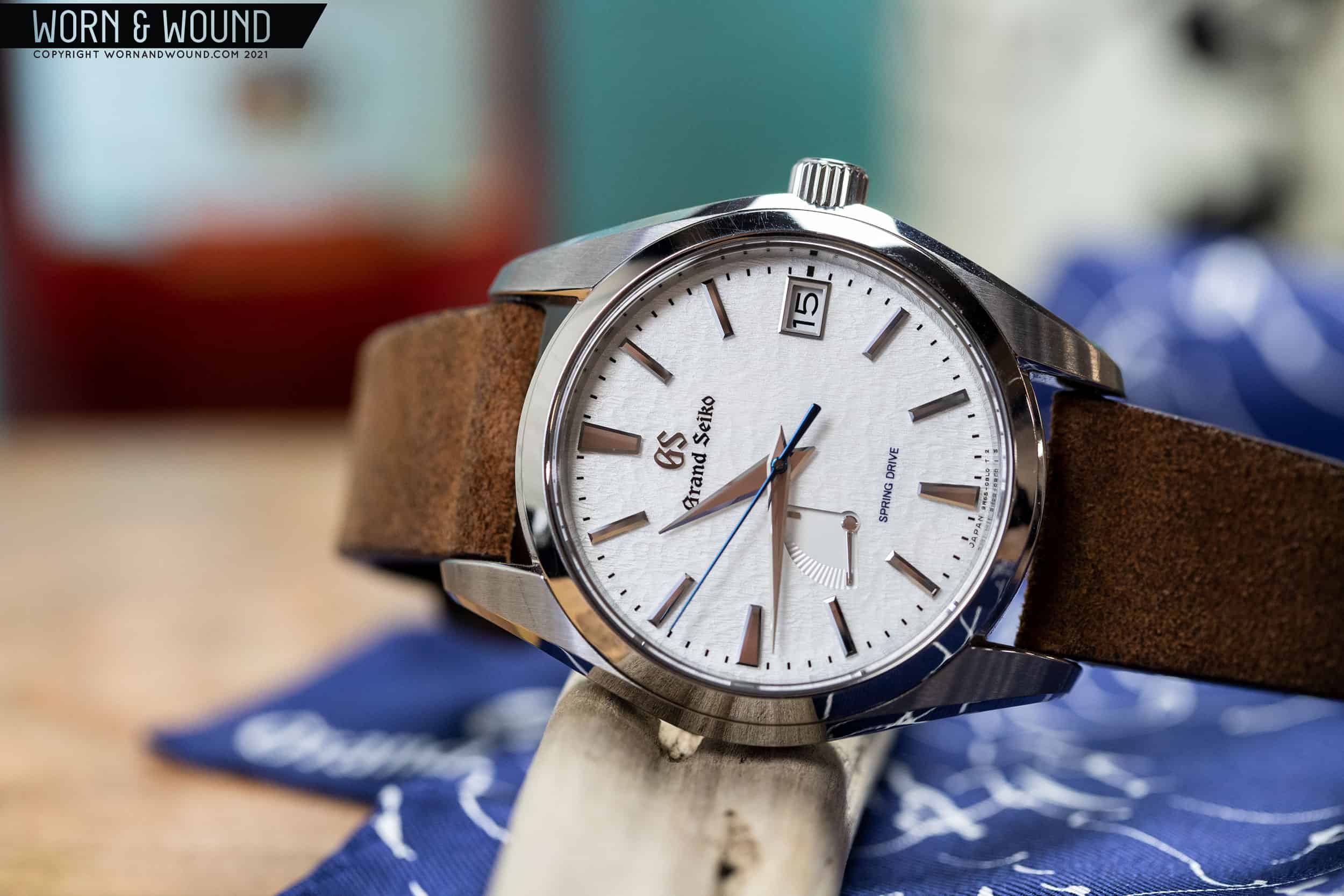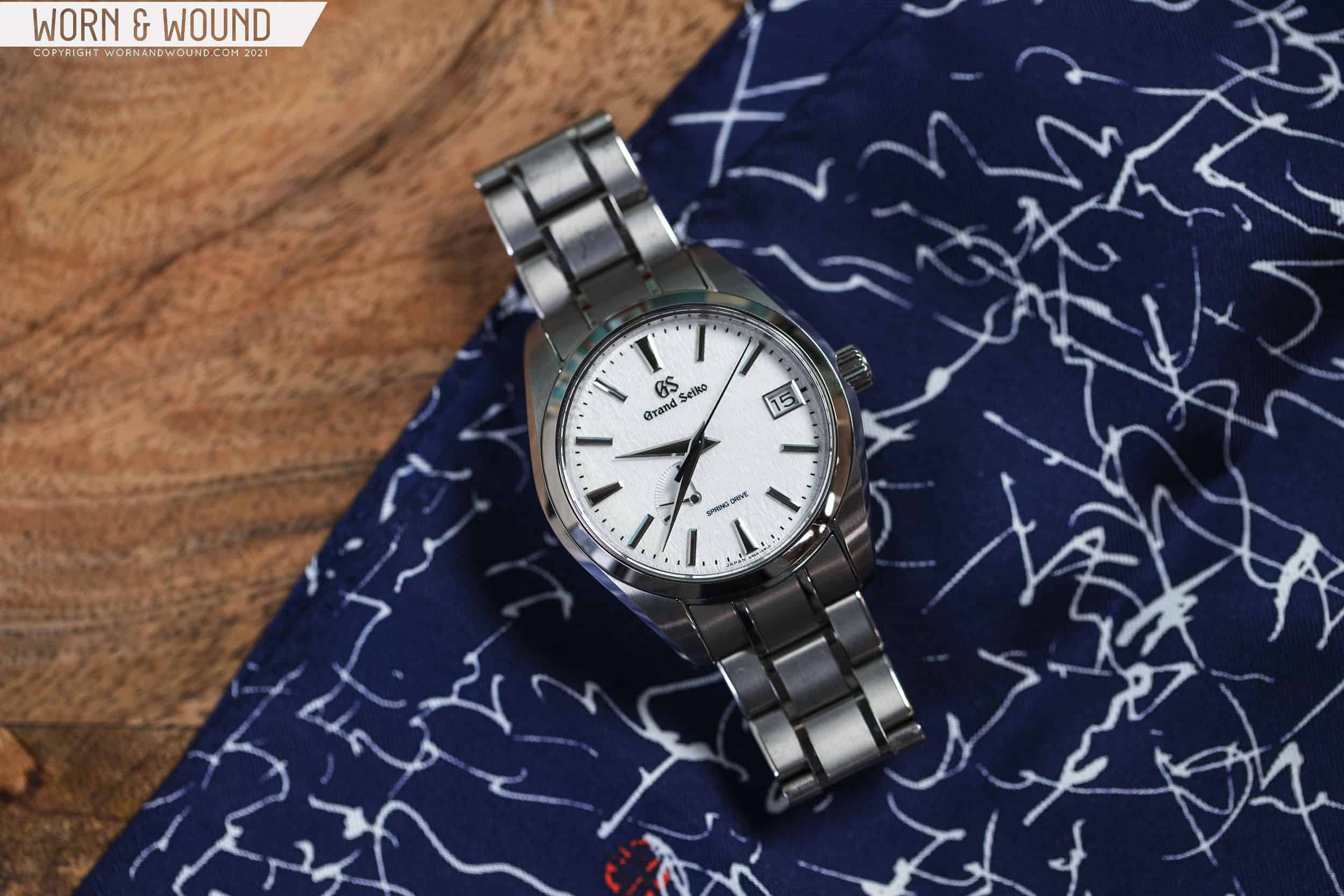Many watch brands have a model that defines the company. Rolex has the Submariner, Omega the Speedmaster, Audemars Piguet the Royal Oak, and so on. When you hear the name, you picture the watch and vice versa. Grand Seiko is different. A brand that is currently having a revival, or perhaps extended-US-debut is more accurate, they don’t have one model that necessarily comes to mind when the brand is mentioned. They have all sorts of concepts that do, however, such as finishing, “Zaratsu,” texture, Spring Drive, hi-beat, value (in a luxury sense of the word), and craft, to name a few. But while there isn’t a specific model that defines them or their aesthetic, there is a model that serves as many’s entry into their catalog (in terms of awareness, not price), the SBGA211, a.k.a. the Snowflake (as it will be referred to from here out).
Before I really knew much about the brand, nor their movements, nor before they were readily available in the US, I did, somehow, know about the Snowflake. First introduced in 2010 as the SBGA011, I knew it had a white dial with a texture that set it apart from the crowd. I vaguely knew that inside was a proprietary movement, and – well that might have been it for some time. Fast forward several years and Grand Seiko is now a brand on the lips of every enthusiast. The watches are available at ADs across the US, and there are even boutiques in NYC. The Grand Seiko catalog has grown and changed with the seasons, but the Snowflake remains a fixture.
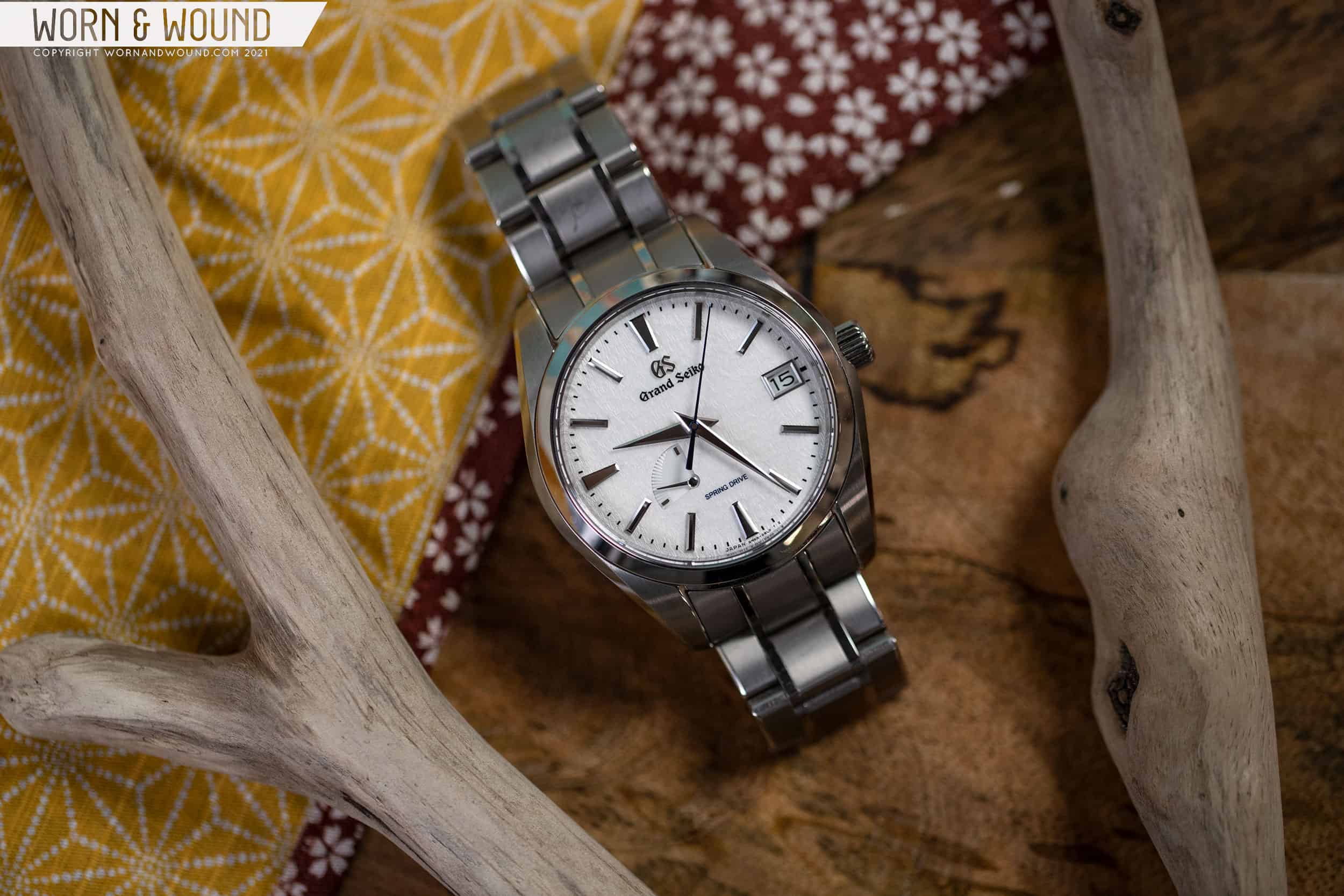
As a watch that brings you into the brand, even if it’s not the watch you end up purchasing from the brand (should you go that far), it does encapsulate much of what they do so well, and what makes Grand Seiko different. This latter fact is the most important as there is an x-factor of personality and charm that makes Grand Seiko stand out against Swiss competitors. Though at a glance, the Snowflake might appear to just be a white-dialed sports watch, there is so much more, which gets unveiled in layers as you begin to learn about it, and even better, experience it.
At $5,800 the SBGA211 is not an inexpensive watch, nor is it an entry-priced option for Grand Seiko. Their SBGX 9F quartz watches hold that position, starting at a smidge over $2k at the time of writing this review. Instead, the SBGA211 is towards the middle of their non-precious metal offerings, and features a great mix of features, from a high-intensity titanium case and bracelet to the unique and highly-accurate Spring Drive movement within, not to forget Grand Seiko’s superlative finishing. Whether or not anything that is $5,800 is a good value is a debate best saved for another day, it is certain that when looked at in comparison with like-priced watches, the Snowflake very much holds its own, and perhaps offers even more than the competition.









 Featured Videos
Featured Videos




